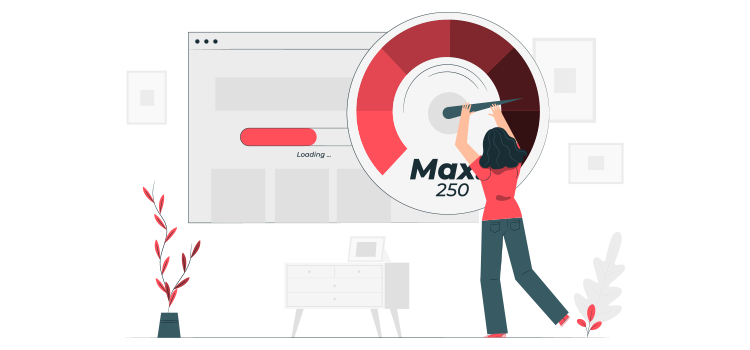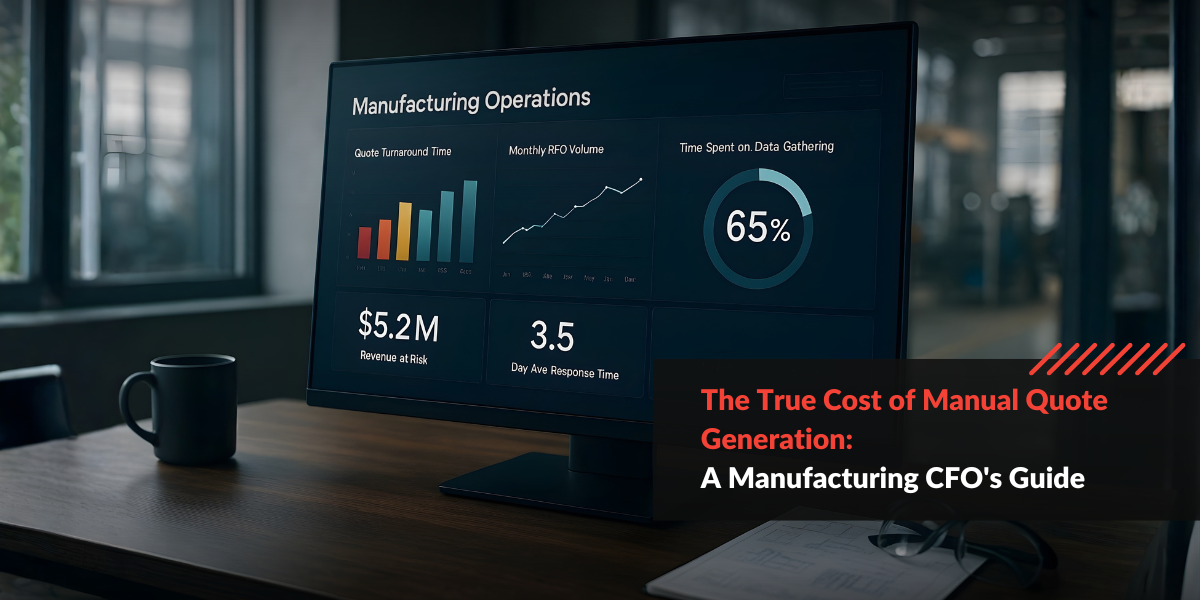Automation is becoming a vital part of modern businesses, yet it can be difficult to know where to start. Before rushing into creating bots, taking the time to assess and understand what processes would make the best candidate for automation is essential.
According to an article by McKinsey, 45% of work activities can be automated with current technology.
Factors such as process stability, simplicity, and universal use all play an important role in determining if a process is suitable to be automated. Being able to adapt a process to better suit automation can also make it a great candidate for automation, as bots don’t operate like humans.
Taking the time to carefully consider what processes are best suited for automation can help ensure that the effort put into automating pays off in the long run and provides an enjoyable experience for all involved. With this in mind, let’s dive into what makes a process a good or bad candidate for automation.
Time and effort
When evaluating the suitability of a process for automation, it’s important to consider the investment of time and effort required. While some processes may require more time to configure due to their complexity, the investment is well worth it for the long-term benefits.
Furthermore, even though some processes may require occasional adjustments to the code, this only means that the process will continuously improve and evolve with each iteration. In the end, this time and effort will lead to more efficient and streamlined operations.
Stability
The stability of a process is a crucial factor to consider when determining its suitability for automation. A stable process is like a foundation that you can build upon, making it an ideal candidate for automation. With a stable process in place, you can significantly reduce the amount of manual effort required to keep it running smoothly.
It further leads to a more efficient and streamlined operation, freeing up time and resources for other important tasks. And, if you find that a process does require updates from time to time, it’s still possible to automate it. By using a RAPflow process, bots and humans can work together seamlessly to keep the process running smoothly and efficiently.
Cost
The cost factor is an important consideration when evaluating the potential for automation. While there may be upfront costs involved in automating a process, it’s essential to also consider the long-term savings and benefits.
For instance, automating a process that was previously done manually can lead to significant cost reductions by eliminating manual work and reducing errors. Plus, with the right approach, maintenance and upkeep costs can be kept to a minimum, allowing you to enjoy the benefits of automation for years to come.
In the end, the investment in automation will be well worth it as it can provide an attractive return on investment, both in terms of time and money.
Universal Use
The final factor to take into account when evaluating a process for automation is its level of universal use. If a process is widely used and essential to the daily operations of the business, it’s a prime candidate for automation. This is because automating a process that is widely used can have a significant impact on overall efficiency and productivity.
On the other hand, if a process is only used occasionally, it may not provide the same level of return on investment. So, when assessing a process for automation, it’s crucial to consider its level of universal use and ensure it aligns with your goals and objectives. By doing so, you’ll be able to make an informed decision that will bring the greatest benefits to your business.
Overall, it’s important to take the time to understand what processes are suitable for automation as well as how they can be adapted or modified to fit the needs of an automated system. After identifying good RPA and AI automation solution provider you can work together to make sure that automation is successful and produces the desired results. It’s important to bear in mind that each process has its own unique requirements, so it is essential to factor these into your decision making.
Rapid Acceleration Partners can help you unlock the potential of your operations and elevate your processes to new heights with our innovative automation solutions. For example, RAP was able to deliver just that, achieving a 90% First-Time Resolution (FTR) rate and 95% efficiency with 1000 emails per intent in a highly accelerated time frame of just 3 weeks, for a one of India’s largest Mutual Fund RTA achieve impressive results with email automation. View the success story here.
Schedule a personalized demo today and discover how we can help streamline your processes.




